What is a Coolant Leak?
A coolant leak happens when the fluid in your vehicle’s cooling system escapes. This fluid, called coolant or antifreeze, regulates your engine’s temperature. It keeps the engine from overheating or freezing under extreme conditions. Discovering and fixing coolant leaks quickly is vital to avoid extensive damage.
Signs and Symptoms of a Coolant Leak
- Puddles Under the Car: Look for green, orange, or pink liquid under your parked vehicle.
- Low Coolant Levels: Notice frequent drops in the coolant reservoir level.
- Overheating Engine: Watch for rising temperature gauge levels while driving.
- Sweet Smell: Smell a sugary odor around the engine or exhaust.
- Steamy Hood: Observe steam coming from under the car’s hood during operation.
Why is Coolant Important for Your Vehicle?
Coolant plays a crucial role in maintaining engine health. It prevents the engine from overheating by absorbing excess heat. It also protects against freezing in colder climates. Additionally, coolant prevents rust and corrosion inside the cooling system. A well-maintained coolant system ensures smooth performance and reduces costly repairs.
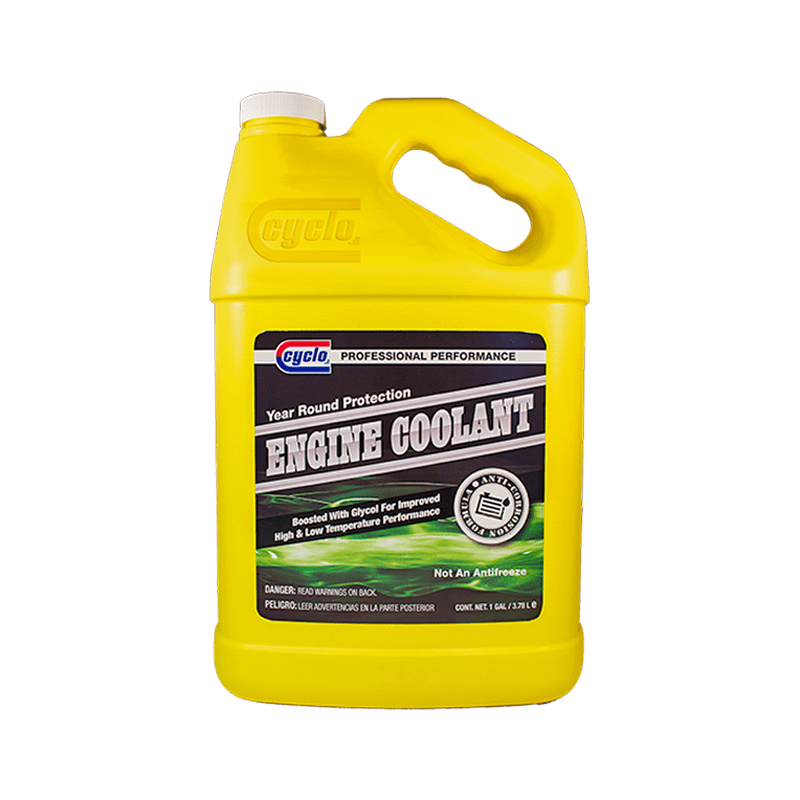
Common Causes of Coolant
Understanding the causes of a coolant leak can help you address the problem early. Here are the most common reasons why your vehicle might experience this issue:
Damaged Hoses and Connections
Hoses transport coolant between the engine, radiator, and other components. Over time, these hoses can crack, split, or wear out due to heat, pressure, and aging. Loose or corroded connections where hoses attach can also lead to leaks. Regular inspection of hoses and clamps can prevent coolant loss and avoid engine damage.
Faulty Radiator or Radiator Cap
The radiator is a key part of the cooling system. Damage, rust, or corrosion can cause it to leak. A malfunctioning radiator cap, which helps maintain the system’s pressure, can also lead to coolant leakage. Replacing faulty caps and fixing radiator issues promptly is crucial to maintaining proper cooling.
Issues with the Water Pump
The water pump circulates coolant through the engine system. A failing water pump due to wear, cracks, or seal damage can result in leaks. Symptoms include coolant dripping near the front of the engine or overheating during operation. Addressing water pump issues quickly is vital for avoiding expensive repairs.
Problems with the Head Gasket
The head gasket seals the engine block and cylinder head, preventing coolant from mixing with oil or leaking. A blown head gasket can cause external or internal coolant leaks. White smoke from the exhaust or a milky substance in the oil can indicate this problem. Fixing a head gasket is complex and may require professional assistance.
By identifying these common causes of a coolant leak, you can act swiftly to prevent serious engine issues.
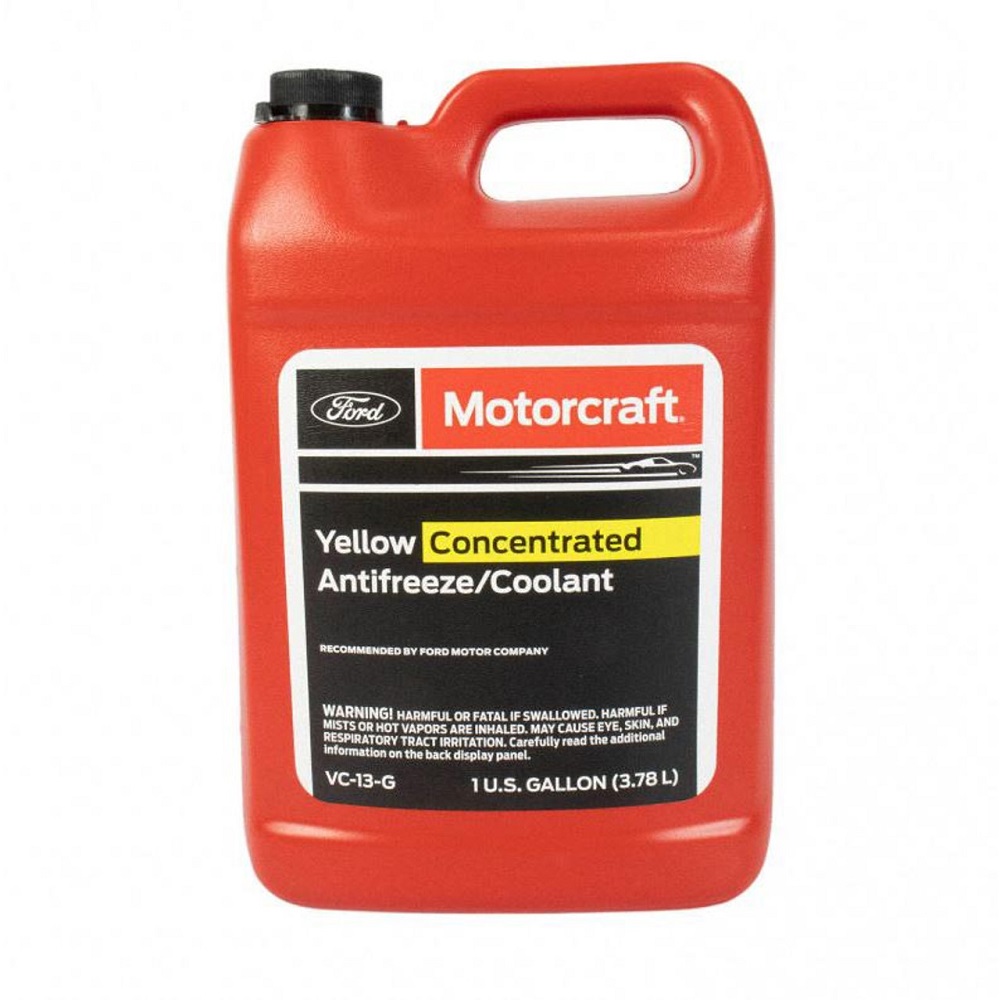
How to Identify a Coolant
Identifying a coolant leak early can save your engine from costly damage. Regular checks are crucial to maintaining your vehicle’s cooling system. Below are effective methods.
Visual Inspection for Leaks
- Inspect Under the Vehicle: Look for puddles of colorful liquid, like green or pink, under your car.
- Check Engine Components: Examine hoses, reservoirs, and radiator for visible cracks or leaks.
- Spot Stains or Residue: Watch for dried coolant stains around connections or beneath engine parts.
Checking Coolant Levels in the Reservoir
- Inspect the Coolant Reservoir: Open the hood and locate the coolant reservoir tank.
- Compare Level to Marks: Check if coolant levels align with minimum and maximum markings.
- Refill if Necessary: Add coolant if levels are low, but investigate why it’s dropping frequently.
Tools and Techniques for Leak Detection
- Use UV Dye: Add UV dye to your coolant system and use UV light to locate leaks.
- Pressure Testing: Use a radiator pressure tester to identify leaks under simulated stress.
- Paper Test: Place paper under the car overnight to spot fresh leaks.
Early identification helps prevent overheating and long-term damage caused by a coolant leak. Regular inspections and simple tests are key to maintaining your vehicle.
Risks Associated with Ignoring Coolant
Ignoring a coolant leak can lead to severe consequences. Coolant is essential for engine performance. Without it, your engine can overheat or sustain irreversible damage. Below are the key risks of neglecting a coolant leak:
Overheating Engine Damage
- Engine Overheating: A coolant leak reduces the cooling system’s efficiency. This can cause the engine to overheat.
- Warped Engine Components: Prolonged overheating can deform metal components like the cylinder head.
- Engine Failure: Continuous overheating may lead to complete engine failure, requiring costly replacement.
Increased Repair Costs
- Long-term Damage: Ignoring leaks worsens the damage to parts like the radiator or water pump.
- Costlier Repairs: Simple issues, like a damaged hose, can escalate into expensive repairs if left unchecked.
- Preventable Expenses: Taking action early is much cheaper than repairing severe engine issues later.
Potential Safety Hazards on the Road
- Sudden Engine Shutdown: Overheating may cause your engine to stop working without warning, leaving you stranded.
- Slippery Roads: Leaked coolant creates slick surfaces on roads, increasing the risk of accidents.
- Decreased Visibility: Steam escaping from an overheated engine can obstruct your view while driving.
Addressing coolant leaks promptly protects your engine, wallet, and safety. Never ignore these signs, as the risks are too high.
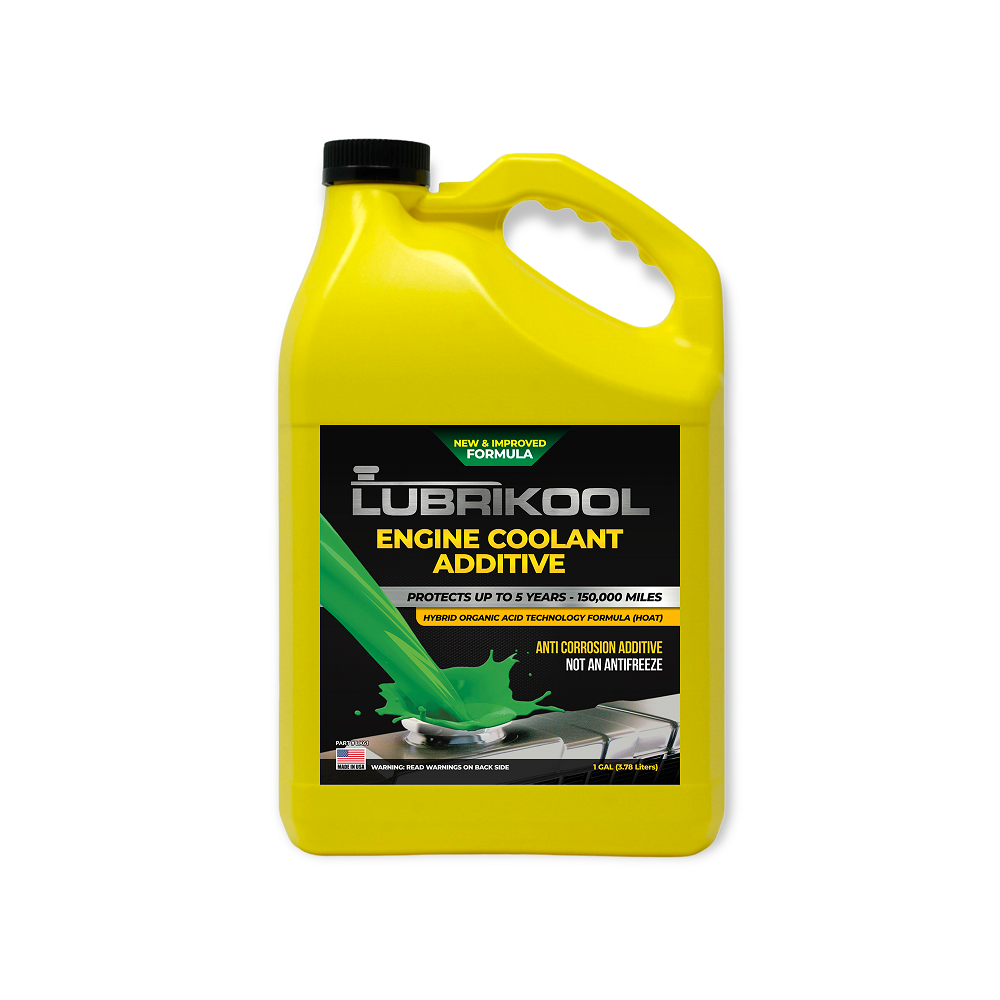
DIY Fixes for Minor Leaks
Fixing small coolant leaks on your own can save time and money. Proper tools and techniques ensure successful repairs without harming your cooling system.
Using Leak Sealants
- Choose Quality Sealants: Find radiator or cooling system sealants designed for minor leaks.
- Follow Instructions Carefully: Add the sealant to your coolant system as per the product directions.
- Run the Engine: Let your engine run to circulate the sealant and seal the leak.
- Monitor the Repair: Watch for reduced fluid loss and improved coolant levels.
Leak sealants work well for small leaks. However, they are not for permanent or major repairs.
Tightening Loose Clamps and Connections
- Inspect Hose Connections: Check clamps and connections for looseness near the radiator and engine.
- Use Tightening Tools: A screwdriver or wrench can help secure loose clamps.
- Prevent Future Leaks: Ensure clamps are snug but avoid overtightening to prevent damage.
Adjusting loose fittings often solves minor leaks, improving the cooling system’s efficiency.
Replacing Worn-out Hoses
- Identify Leaky Hoses: Check for cracks, splits, or wear in the coolant hoses.
- Buy Replacement Hoses: Use hoses compatible with your vehicle’s cooling system.
- Remove Damaged Hoses: Drain coolant, loosen clamps, and remove the old hoses carefully.
- Install New Hoses: Secure new hoses using clamps and refill the coolant.
- Test the System: Run the engine to confirm the repair stops leaks.
Replacing hoses is an effective fix for leaks caused by aging or damage.
These DIY methods can handle minor coolant leaks effectively. However, larger issues may require professional repair.
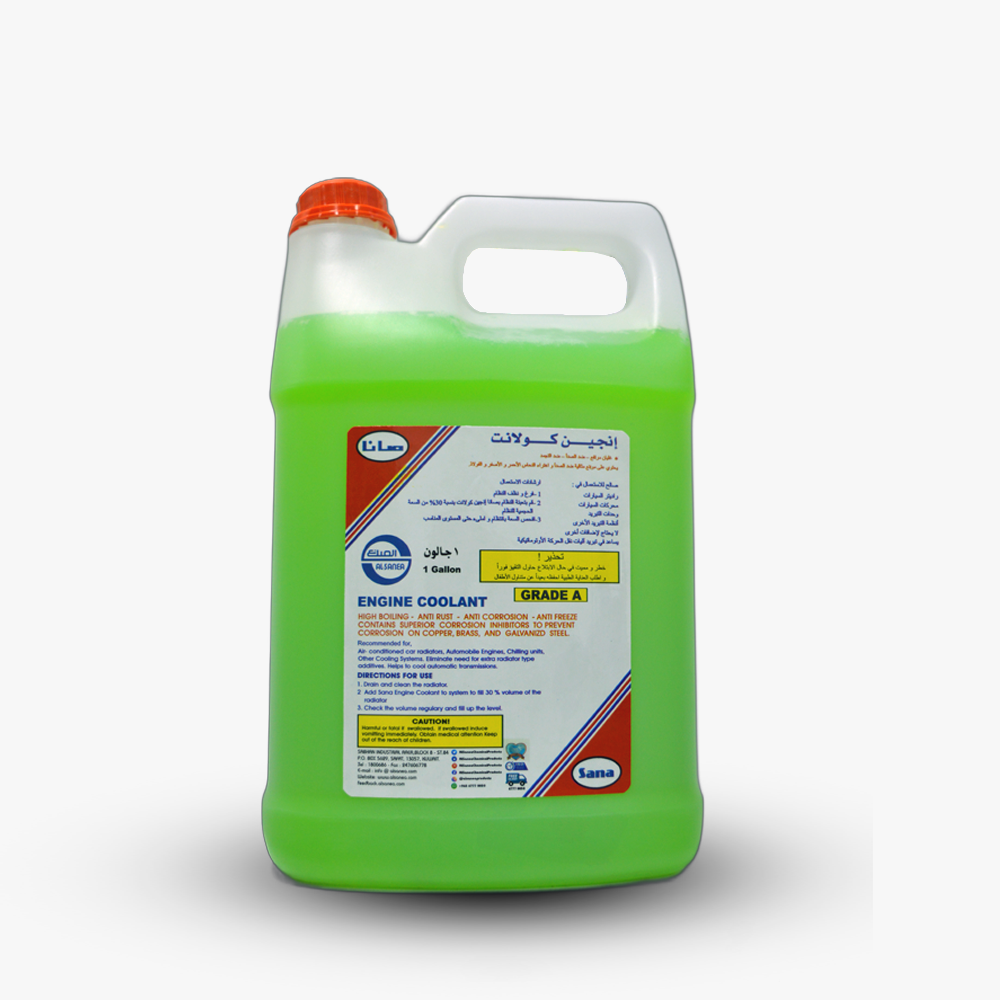
When to Seek Professional Help
Not all coolant leak issues are easy to handle on your own. Some require professional expertise due to their complexity or severity. Here are specific situations when consulting a mechanic is the best option.
Persistent or Severe Leaks
- Recurring Fluid Loss: If coolant levels keep dropping despite your efforts, seek expert help.
- Visible Large Leaks: Leaks may involve major components like the radiator or water pump.
- Extensive Damage: Worn-out parts or significant system failures often need professional repairs.
In such cases, delaying repairs can worsen the problem and lead to costly damages.
Complex Repairs like Head Gasket Replacement
- Blown Head Gasket Symptoms: White smoke, milky oil, or overheating often signal significant head gasket issues.
- Repair Complexity: Replacing a head gasket is intricate and typically requires disassembling parts of the engine.
- Avoid DIY Risks: Incorrect repairs here can lead to severe engine damage or poor performance.
Always trust a licensed mechanic to handle such critical repairs effectively.
Situations Requiring Specialized Equipment
- Pressure Testing: Identifying hidden leaks often involves tools like radiator pressure testers or UV dye kits.
- System Diagnoses: Mechanics use diagnostic tools to pinpoint hard-to-find issues within your cooling system.
- Precision Repairs: Equipment ensures proper fitting and alignment when replacing components like radiators or water pumps.
Specialized tools ensure the problem is accurately diagnosed and resolved without causing further damage.
Seeking professional help ensures the longevity and safety of your vehicle. Do not hesitate when dealing with advanced repairs or severe leaks.
Preventive Maintenance Tips for Coolant System
Preventive maintenance is essential to avoid coolant leak and ensure your vehicle’s cooling system functions properly. These tips can help keep your engine safe and efficient.
Regular Inspection of Coolant Levels
- Check Coolant Levels Often: Inspect the coolant reservoir weekly for proper fluid levels.
- Use the Right Coolant: Ensure the coolant matches your vehicle’s specifications. Mixing types can cause issues.
- Watch for Drops: Frequent low levels may signal a leak that needs attention.
- Top Up as Needed: Add coolant when levels are below the minimum mark. Address any underlying loss causes.
Flushing and Refilling Coolant Periodically
- Follow the Manufacturer’s Schedule: Flush the cooling system based on your vehicle manual’s recommendations.
- Prevent Rust and Debris: Regular flushing removes contaminants that can damage the system over time.
- Replace with Fresh Coolant: Use new coolant after every flush to maintain optimal performance.
- Avoid Overfilling: Fill only up to the maximum line to prevent system strain or spills.
Ensuring Hoses and Radiator are in Good Condition
- Inspect for Cracks or Wear: Check hoses regularly for signs of cracking, splitting, or softness.
- Tighten Hose Clamps: Keep clamps secure to prevent coolant from leaking around connections.
- Clean the Radiator: Remove dirt or debris from the radiator to promote efficient airflow.
- Address Corrosion Promptly: Fix any rust or corrosion on the radiator before it affects performance.
Regular maintenance helps prevent expensive repairs and ensures your cooling system works efficiently. Pay attention to these tips to keep your vehicle in top shape.
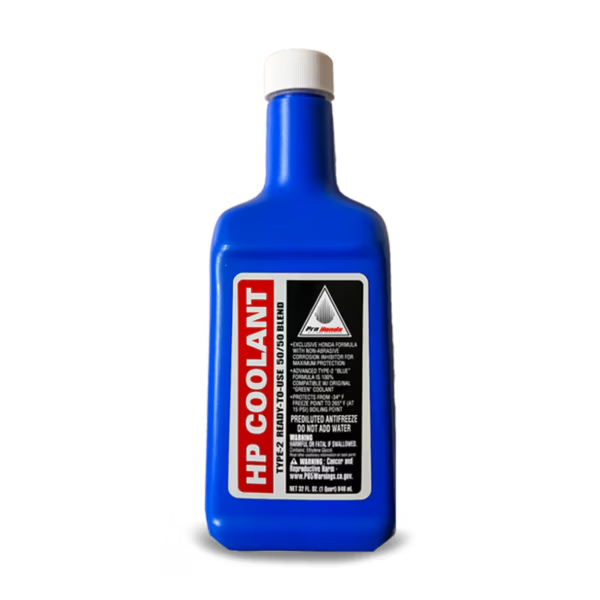
Developing a Routine Maintenance Schedule
1. Creating a Maintenance Checklist
For effective coolant management, developing a routine maintenance schedule is essential. Creating a checklist that includes key aspects of the cooling system can help you stay organized and ensure that important tasks are not overlooked. Include items such as checking coolant levels, inspecting for leaks, and assessing the condition of hoses and clamps.
Frequency of Checks
Determine how often to perform these checks based on your driving habits and the age of your vehicle. For instance, if you frequently drive in harsh conditions or have an older vehicle, consider checking your coolant system monthly. For newer vehicles and those driven less frequently, a quarterly or biannual schedule may suffice.
2. Documenting Maintenance History
Along with your maintenance checklist, record each inspection and service performed on your vehicle. Keeping a detailed history allows you to monitor patterns, note any issues, and anticipate future maintenance needs. This record proves useful when discussing your vehicle’s condition with a mechanic or when selling the car.
Benefits of Documentation
Documentation not only helps you to stay organized but also adds value if you decide to sell your vehicle in the future. Potential buyers appreciate a well-maintained car with an accurate service history. This evidence of care can give you leverage in negotiations and provide buyers with peace of mind.
Understanding Cooling System Components
1. The Role of the Radiator
The radiator is a crucial component of the car’s cooling system. It plays an essential role in dissipating heat absorbed by the coolant as it circulates through the engine. The radiator consists of a series of tubes and fins that facilitate effective heat exchange, allowing the coolant to cool down before returning to the engine.
Checking the Radiator Condition
Regularly inspect the radiator for any signs of leaks or damage. Look for corrosion or blockages in the fins that might hinder airflow. Maintaining the radiator is vital for ensuring efficient cooling system performance. Keeping the radiator clean and in good condition directly impacts the engine’s ability to maintain optimal temperatures.
2. The Importance of the Coolant Reservoir
The coolant reservoir holds extra coolant that can be drawn into the cooling system as needed. It is essential to monitor the reservoir level regularly to ensure that the system has enough coolant to function properly. Many vehicles come with a translucent reservoir that makes it easy to check levels at a glance.
Maintaining the Reservoir
Inspect the coolant reservoir for cracks or signs of wear. A damaged reservoir can lead to coolant loss and should be replaced promptly. If you notice that the coolant level is frequently low, it may indicate a leak elsewhere in the system. Regularly checking both the reservoir and the connected hoses can help prevent potential issues before they arise.
Conclusion: Proactive Management for Optimal Performance
Emphasizing Routine Care
In conclusion, proactive coolant management is necessary for ensuring that your vehicle runs optimally. Understanding the importance of regular maintenance, recognizing symptoms of coolant leak, and addressing problems promptly will help keep your cooling system in excellent condition. By monitoring your coolant and its components, you lay the foundation for a dependable driving experience.
Developing Lifelong Habits
Establishing a consistent maintenance routine is beneficial for both new and seasoned drivers. Developing habits that include regular checks, documentation, and attention to the cooling system will certainly enhance your vehicle’s longevity and performance. Investing time and effort in proactive management today will save you from potential issues and costly repairs in the future.
Maintaining Confidence on the Road
As you move forward, remember that managing coolant and caring for your cooling system is part of responsible vehicle ownership. Embrace the strategies discussed in this guide, making them an integral part of your car maintenance routine. With proper care, your engine will continue to run efficiently, and you will enjoy a smooth and confident ride on the open road, worry-free. Happy driving!
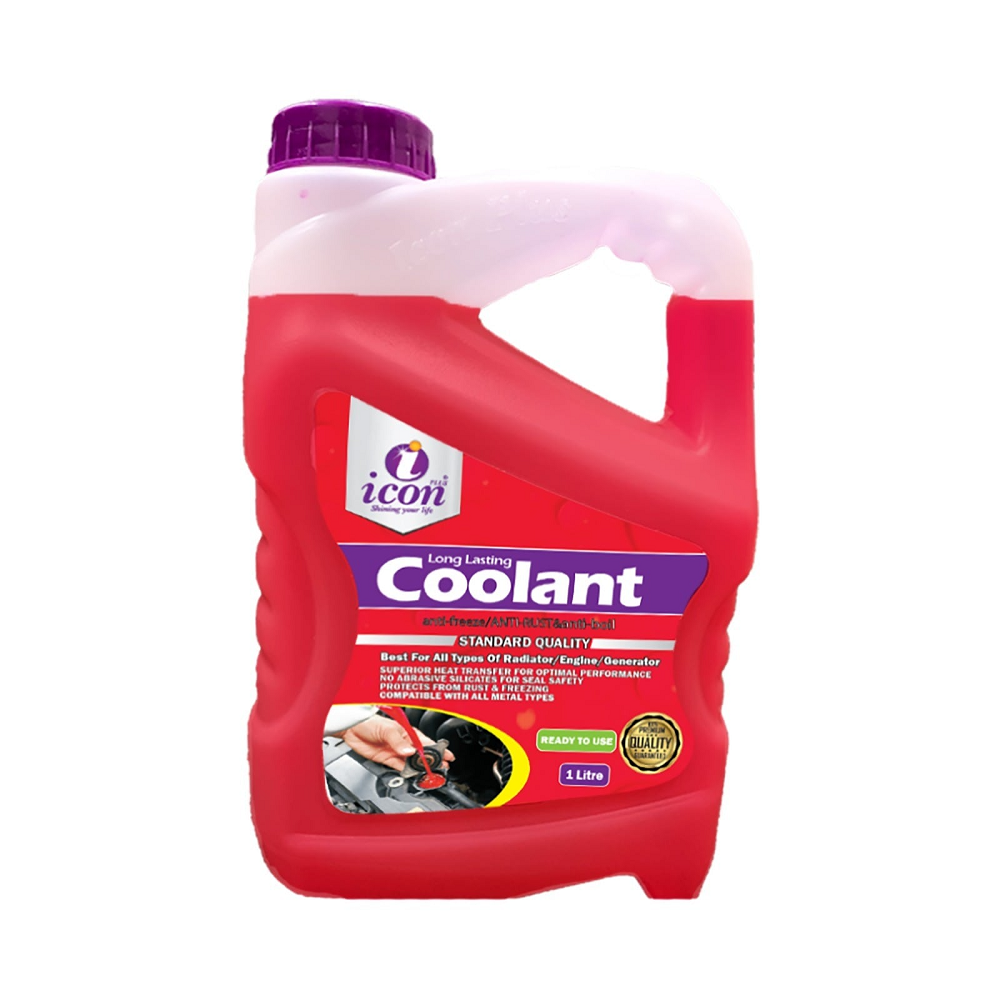
Leave a Reply